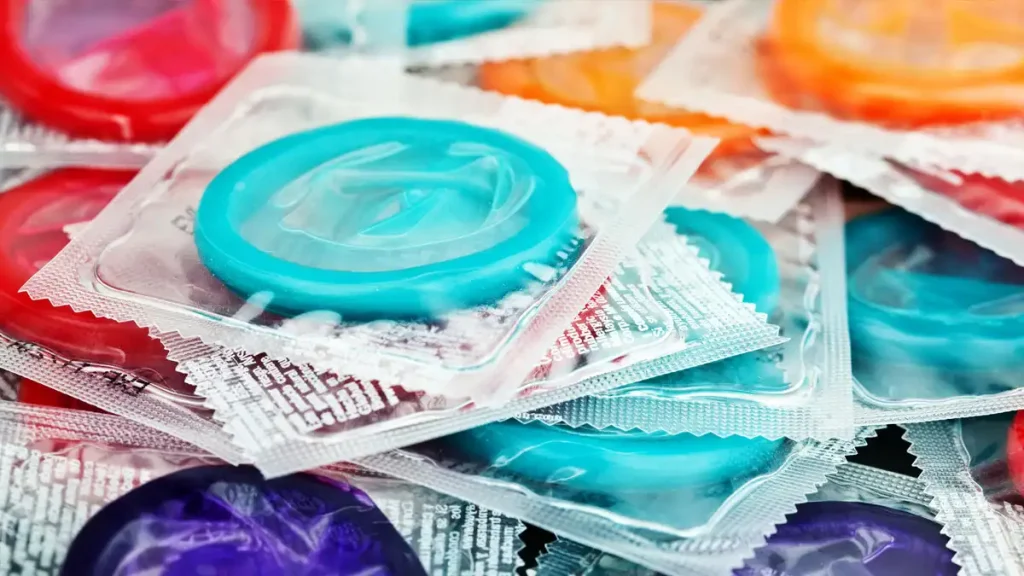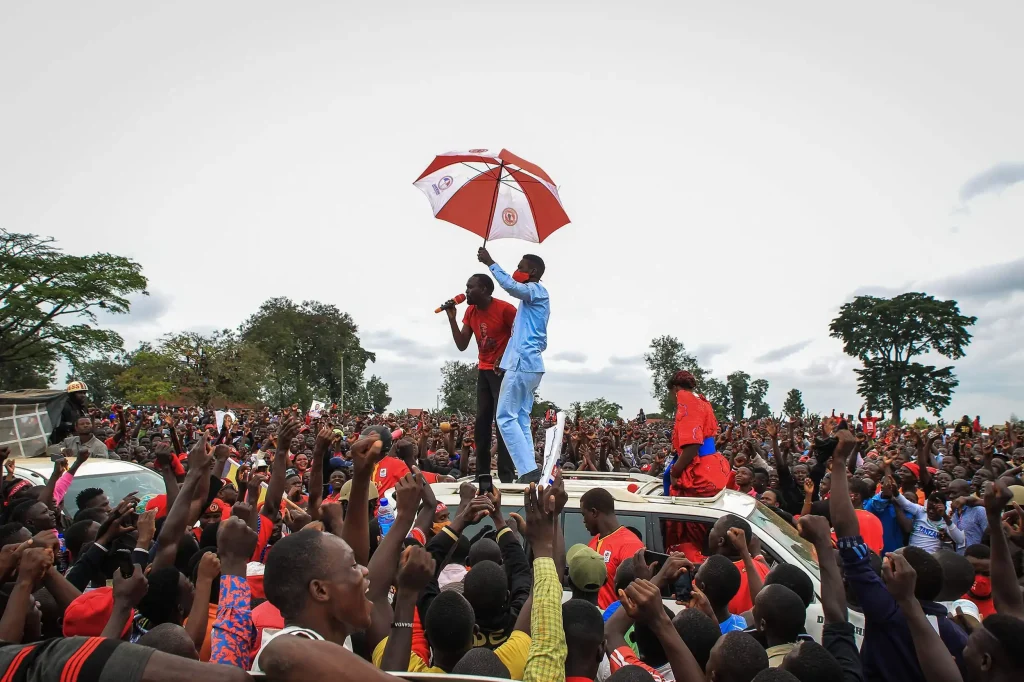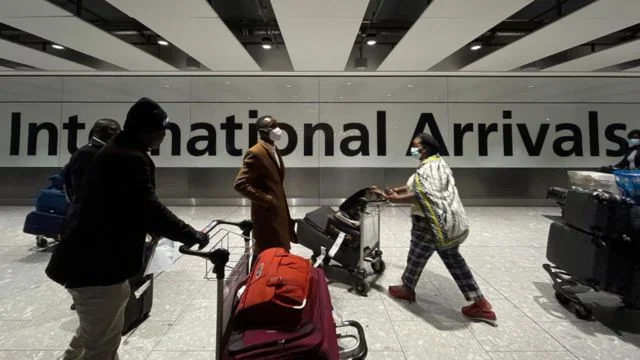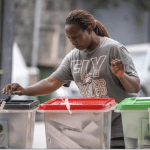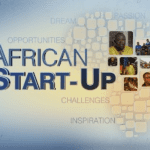A critical line of defense against the spread of HIV is failing in Nigeria. According to the latest data released by the Joint United Nations Programme on HIV/AIDS (UNAIDS), condom distribution across the country has dropped by a staggering 55 percent over the past year.
This alarming statistic is part of the agency’s 2025 World AIDS Day report, titled Overcoming Disruption, Transforming the AIDS Response.
The document paints a grim picture of the global health landscape, warning that the fight against the virus is facing its most severe setback in decades due to funding shortages and systemic disruptions.
A Crisis of Prevention and Care
The decline in condom availability in Nigeria is symptomatic of a broader collapse in prevention services. The report highlights widespread interruptions to testing and community-led initiatives. Across 13 monitored countries, the number of patients starting life-saving treatment has fallen, reversing years of steady progress.
The impact on women and children in sub-Saharan Africa has been particularly devastating. Approximately 450,000 women in the region have lost access to “mother mentors”—trusted community health workers who provide essential links to medical care and emotional support.
“We Cannot Abandon Them”
Winnie Byanyima, the Executive Director of UNAIDS, described the situation as a wake-up call regarding the fragility of global health gains. Speaking at the report’s launch in Geneva, she emphasized the human cost behind the statistics.
“Behind every data point in this report are people,” Byanyima stated. “Babies missed for HIV screening, young women cut off from prevention support, and communities suddenly left without services and care. We cannot abandon them.”
The funding crisis has exposed deep cracks in the system. Abrupt cuts to financial aid, coupled with a deteriorating human rights environment in many nations, are dismantling the infrastructure needed to keep the virus at bay.
Vulnerable Groups at Risk
Even before the current disruptions, adolescent girls and young women were disproportionately affected. Data indicates that 570 new HIV infections occur daily among women aged 15 to 24.
With prevention programs being dismantled, this demographic faces heightened risks. Community-led organizations, often the backbone of outreach efforts, are buckling under pressure. More than 60 percent of women-led health organizations report having to suspend essential services due to a lack of resources.
The Cost of Inaction
The long-term consequences of this collapse could be catastrophic. Modeling suggests that failure to restore prevention efforts immediately could result in an additional 3.3 million new HIV infections globally between 2025 and 2030.
International assistance is shrinking rapidly. Projections indicate that external health funding could fall by 30 to 40 percent in 2025 compared to 2023 levels. This decline is hitting low- and middle-income countries the hardest.
A Call for Global Solidarity
UNAIDS is urging world leaders to honor commitments to global solidarity and multilateralism. The agency has called for an immediate increase in HIV funding, particularly for nations heavily dependent on external aid.
To turn the tide, the report recommends investing in affordable, long-acting prevention technologies and empowering local communities to lead the response.
“This is our moment to choose,” Byanyima concluded. “We can allow these shocks to undo decades of hard-won gains, or we can unite behind the shared vision of ending AIDS. Millions of lives depend on the choices we make today.”
READ ALSO: Confusion Mounts in Guinea-Bissau as Both Candidates Declare Victory

